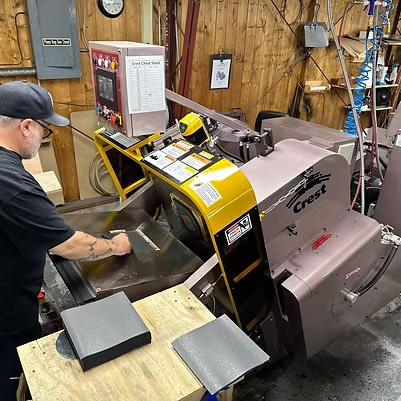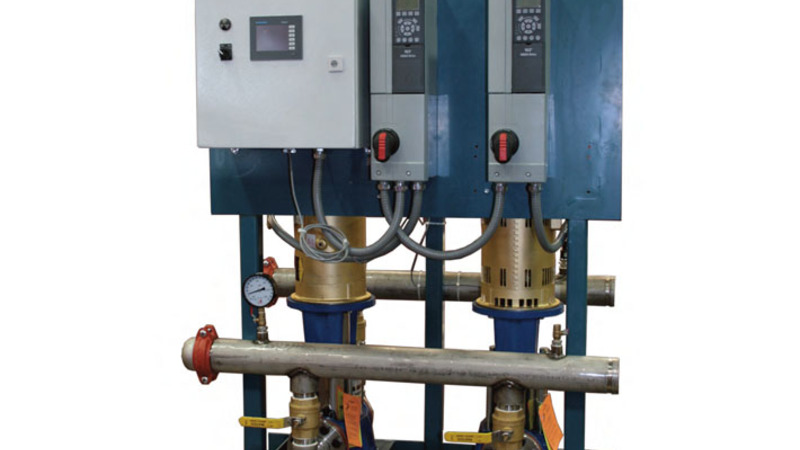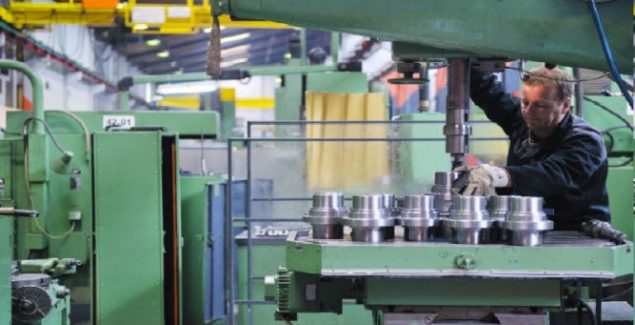In general, well-designed and well-make cylinders are low maintenance parts of any equipment, system, machine or vehicle. However, there are some simple mistakes that operators often make with their hydraulic cylinders that lead to early failure of the cylinder, no matter how well-made they may be.
To help to extend the life of any type of hydraulic cylinders as long as possible, and to help to reduce the risk and cost of downtime for the equipment, consider the following 3 common mistakes.
Not Selecting the Right Cylinder
There are essential considerations when choosing any type of hydraulic cylinders. A common mistake is to choose a cylinder that is close in rating to the maximum load and PSI required. When this occurs, the cylinder can be forced to work harder than it is designed to work, leading to increased risk of problems with the seals, bending of the rod or other problems due to excessive wear and tear.
Overheating the Cylinder
The hydraulic fluid in any system breaks down over time. When the viscosity of the hydraulic fluid falls below a critical level, it causes the cylinder to heat up when extended and retracted. This can also be caused by overloading the cylinder. Poor system design can also cause overheating, which may also be related to operating the cylinder at too high of a pressure.
Not Checking the Cylinder
Taking just a few minutes before use and after use of the equipment to do a quick visual check of hydraulic cylinders is important. Take a close look at the seals and the ports, as well as the hydraulic line or lines to the cylinder.
Additionally, look for signs of wear and tear, surface rubbing or any type of damage to the exterior of the cylinder. Any signs of pitting or corrosion on the rod or any type of wear on the rod should be immediately addressed as this is most often caused by a misalignment that will eventually lead to cylinder failure if not corrected.



